When To Oil, Grease, Friction Paste, Anti-Seize, or Threadlock
Last week I wrote how I wash my bike and my process is pretty far afield of what I see when I watch videos of how other people wash theirs. I don’t use a garden hose. Too slow! I use a pressure washer. Before my pressure washer I used to take my bikes down to the do-it-yourself car washes, and use their pressure washer. I don’t use little brushes to scrub my chain and gears. I don’t take the chain off (because every time I take that chain off I risk not putting it back on right, and that’s a bad crash). I don’t dry my bike with a towel (I used compressed air). So, when I write about what I do, it's a good idea to seek other opinions, because when I'm not in the mainstream I don't like to present myself as the only authoritative model.
Likewise today, because I have my own liturgy on when to oil, or when to grease. I build up most of my own bikes; that is, I start with the bare frame and end up with the complete bike. I don’t really like building bikes unless it's my bike or a bike for someone I care about, in which case it's kind of a peaceful process (I'm quick and lazy after the bike is built; but I'm slow and thorough when I build it). I'm a preparer, and when preparers build bikes they don't fail in the field and I don’t mean just the bike, but all the parts on the bike. The electronics don’t fail, the parts don’t come unscrewed and fall off, the seat post doesn’t slip. I like to think that’s because I’m picky about the frames and wheels I choose, the parts I choose; how I build the bikes up; and how I maintain them. This includes how I use fluids and substances…
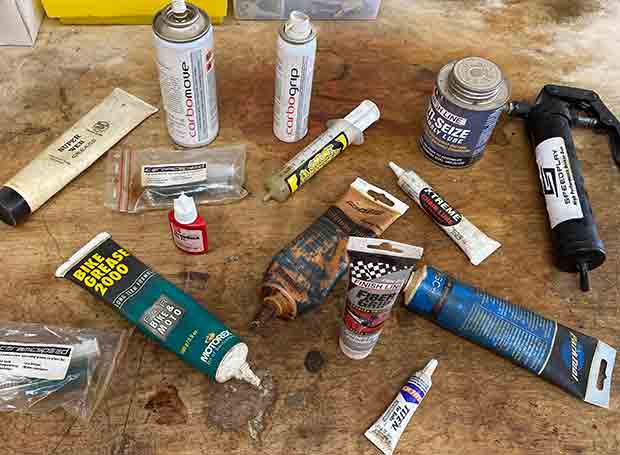
Oil: I oil all exposed moving parts. Chains are the most obvious, but anything that articulates, like the hinges in a derailleur, as long as the oil isn’t in danger of fouling a necessary function. On that point, in my zeal to lubricate I make sure I don’t get oil on a brake pad or rotor. As to the “oil” I use, I have hanging around oils of different viscosities, and I use light viscosity, non-sticky oil most of the time. I don’t (perhaps because of where I live) use a heavy oil like Phil’s Tenacious; while oil like that works great as bar & chain oil on my chainsaw, it’s a dirt magnet on my bike’s chain. Terrific handwringing arose from my declaration (during my bike washing video) that I often use WD40 for some non-race preparation. I find it is a not-ideal degreaser; a not-ideal protectant; and a not-ideal lubricant. But it is somehow all those things. That said, one of our readers recommended Squirt Long Lasting Dry Lube for lazy folks like me. Yes, I've been at this for a third of century, but I’m still teachable. I will give Squirt a go.
Grease: I’m not picky about the grease I use as long as it’s bicycle grease, except in specialty situations (a very light grease on ceramic bearings). I grease threaded parts that aren’t in danger of unthreading on their own, but which I might frequently thread and unthread, such as the rear derailleur (which I take out of the frame when I pack my bike in a bike case); stem bolts (all 6 of them); headset and top cap bolts; seat post binder bolts; and on the threads of lock rings; both cassette and disc brake; pedal spindles. Lighter weight grease is also good for moving parts where oil is too light, such as ball-and-cage bearings, but most of these kinds of bearings are sealed nowadays, so you don’t have to worry about greasing them. I think perhaps derailleur pulleys are the most obvious example of unsealed bearings, but sealed bearings are showing up in derailleur pulleys more and more these days.
Carbon or Friction Paste: I put this on any non-threaded surface where carbon meets carbon or aluminum, where tightened bolts fix a sliding part in place, like a seat post. Likewise the new kind of seat-post-like front end risers we see in bikes like the Cervelo P3X. I also use friction paste to resist rotation, when a part is subject to torque (such as where the handlebar meets the stem). See more on this below, because I have more to say on this.
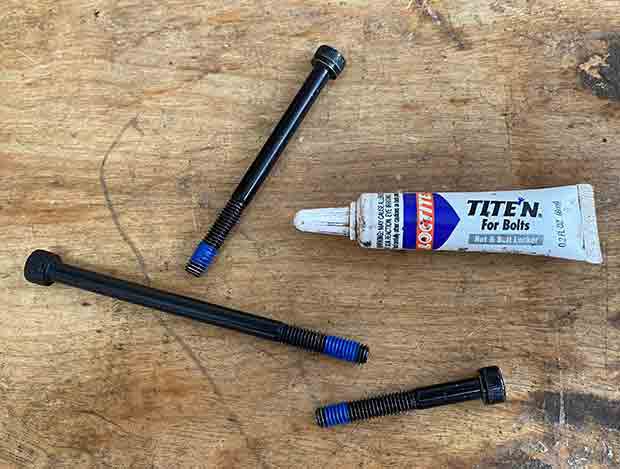
Blue Threadlocker: We used to say Loctite, but that’s a brand name, and now others who make this refer to it by its generic name threadlocker. This is basically grease that fairly quickly dries and hardens. I put this on any threaded bolts that are in danger of backing out, such as all aerobar bolts, aerobar pads or anything else. Water bottle cage bolts. The bolts that fix the brake calipers to the fork and frame; chain ring bolts; certainly direct mount crank bolts. Threadlocker comes in different colors, and if you use red that means you’re basically gluing your bolt permanently into the frame. If you use blue, that means you can still back that bolt out, but it’s very hard for that bolt to back out on its own. I find I’m using blue threadlocker on more and more threaded parts, and a lot of these bolts nowadays come pre-treated with threadlocker, as you can see on the bolts above.
Anti-seize: It’s probably not necessary for you and I to own, but I own it, and I use anti-seize for the mating of dissimilar metals; high pressure joints; and joints that aren’t revisited for long periods of time. A great example is the threaded bottom bracket because the BB will sit in there for years without my removing it; there’s lots of pressure on that joint. I also like anti-seize on every threaded or interference fit surface of a titanium frame that mates another part. It seems to me that anti-seize is also a pretty good choice for the surfaces of the bottom bracket you intend to press into the frame (pressfit = interference fit). Or, just put the anti-seize on the frame, inside the hole where the BB goes, but also on the side of those holes, where the BB cups meet the frame (where we used to “face” the metal frames before we threaded the BBs into them). That said, if you don’t own any anti-seize I wouldn’t let that stop what you’re working on. You can put grease anywhere where you would put anti-seize.
So that’s it (I'm omitting from this discussion fluids like tubeless sealant and hydraulic fluid). But there’s one more substance that goes – or should or will go, when I figure it out – on some of my problematic mated surfaces:
My One Elusive Compound: There’s something I need, but that I lack, and I’m experimenting with this now. In some cases, a significant amount of torque is applied to something on fixed on the bike (by one or more bolts, for example), such as a handlebar fixed onto the stem. But that is not the only such case. Certain seat posts operate that way; that is, the guts of the seat post topper rotate about a semi- or completely circular opening in the post, in order to allow the saddle to tilt. In cases like this, I sometimes find that I need more than just the strength of the fixing bolt, and of course we see this with carbon seat posts, hence carbon paste discussed above. But when the fit between two parts is not absolutely prescribed (as with a seat post and seat tube) I wish I had a really thin grit tape (much thinner than skateboard tape), or a grit spray paint, that I could apply to the part before fixing it in its usual bolted way.
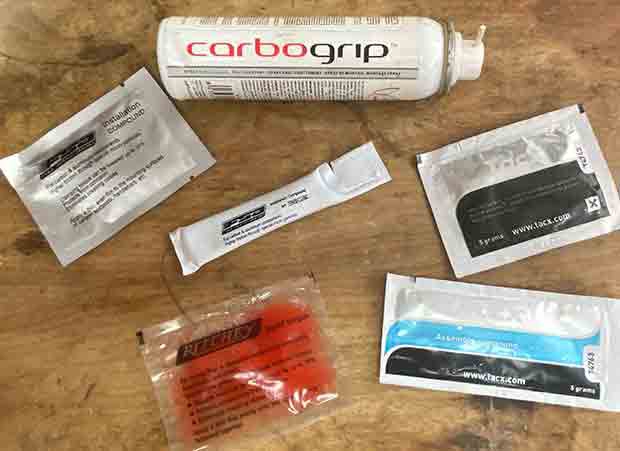
Carbon paste is inaptly named, and is more often now referred to as friction paste (such as these above), because it works well between any two surfaces, even if neither is carbon. But friction paste is impermanent. If you look on the road handlebars you’re buying these days you’ll see that many of the center sections of these bars are already treated with either a friction tape or a spray, but danged if I can find out what it is. Yes, you can go right down to Home Depot and buy several brands of grit spray paint (from Krylon or Rustoleum). But I want to make sure I get the grit right, hence my asking around, but I haven’t found my answer yet.
Above is what I do; not necessarily what you should do. Some of your parts call for specialized lubrication (like pre-Wahoo Speedplay pedals, or Ceramic Speed bearings). I would take their specific recommendation over my general counsel. But I do have one observation, as a "preparer," which has caused me to increase over the years my use of blue threadlocker. It seems to me that smaller screws which are not placed in great tension – fewer than 5Nm perhaps – are often the victims of vibration-related “auto-loosening.” Prime among these are the screws and bolts that affix your aerobar pads; water bottle bolts; any bolts used to affix storage of any kind, whether behind-the-seat-post storage; top tube storage (aka Bento Box); under-the-down-tube nacelles; front hydration systems; anything that bolts onto these integrated framesets. Nowawadays I almost always err on the side of threadlock here. However, when I unthread a bolt with threadlocker I've compromised its threadlocking when I re-tighten it, so, grease still rules for these smaller sizes bolts when I'm loosening and tightening them often (e.g., seat post binders).



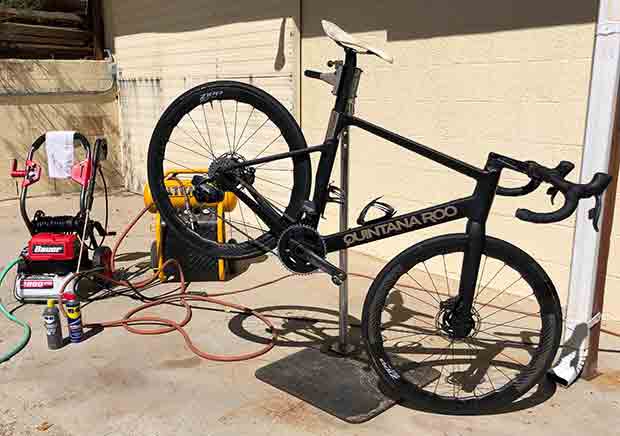
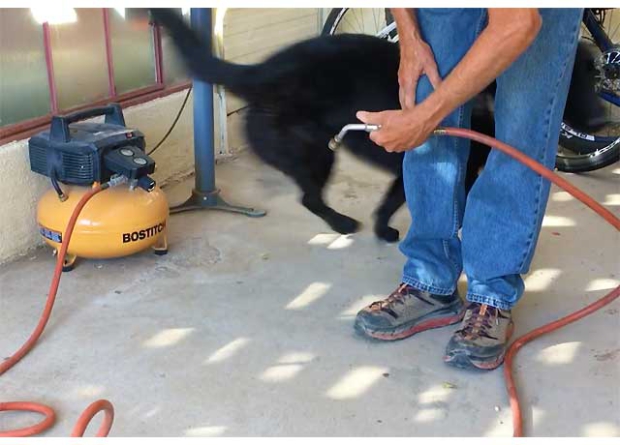
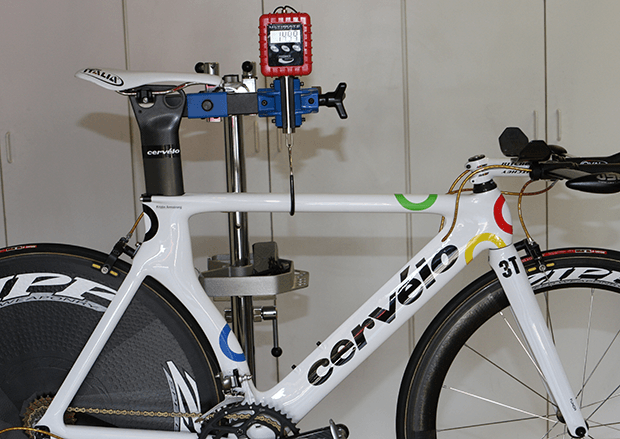

Start the discussion at forum.slowtwitch.com